Advanced Technologies and Tools in Wellbore Cleanout
During oil and gas production, it is necessary to keep the wellbore clean to achieve optimal results. Wellbore cleaning can remove debris and obstacles that may hinder flow and damage downhole equipment. This article explores the latest developments in wellbore cleaning technology to ensure efficient and cost-effective operations.
What is Wellbore Cleanout?
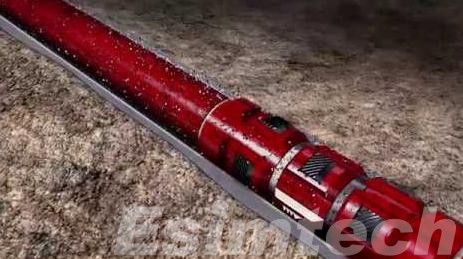
In the oil and gas industry, wellbore integrity is paramount for maximizing production efficiency and ensuring operational safety. A critical component of wellbore integrity is maintaining a clean flow path. Wellbore cleanout refers to the strategic removal of unwanted materials that accumulate within the wellbore during various stages, including drilling, completion, and production. These unwanted materials can be categorized as:
- Drilling cuttings: Rock fragments generated by the drilling process. While circulation removes a significant portion during drilling, some cuttings inevitably get lodged on the wellbore walls.
- Cement residue: Following casing installation, excess cement can remain within the wellbore, potentially hindering crucial flow paths.
- Formation debris: As hydrocarbons are extracted, formation particles like sand or scale can detach and migrate into the wellbore.
- Scale and paraffin deposits: Over time, mineral deposits and wax buildup can form within the wellbore, restricting flow.
- Completion components: Occasionally, downhole tools or components can become dislodged and require retrieval.
The consequences of neglecting wellbore cleanout can be significant. Reduced wellbore diameter due to debris accumulation directly translates to reduced well productivity, resulting in less oil and gas reaching the surface. Furthermore, trapped debris can exacerbate wear and tear on downhole equipment, leading to costly repairs or replacements. In the worst-case scenario, formation damage can occur if debris restricts the flow of hydrocarbons from the reservoir, hindering overall well recovery. Finally, a clogged wellbore can pose safety hazards as pressure builds up due to restricted flow.
By proactively implementing a wellbore cleanout strategy, oil and gas companies can ensure optimal well performance throughout its lifecycle. This not only maximizes production efficiency but also minimizes operational costs and prioritizes safety for personnel and the environment.
Emerging Technologies in Wellbore Cleanout
The drive for cleaner, more efficient wellbore cleanout has spurred the development of new technologies. Here’s a deeper dive into some of the most promising advancements:
The drive for cleaner, more efficient wellbore cleanout has spurred the development of new technologies. Here’s a deeper dive into some of the most promising advancements:
- Real-time monitoring
Traditional cleanout relies heavily on post-job evaluations, leaving room for uncertainty. Downhole sensors are revolutionizing this process by providing real-time data on factors like cleaning fluid flow rates, pressure variations, and debris concentration. This allows operators to monitor cleaning progress, identify areas requiring additional attention, and adjust cleaning parameters on the fly. If the effectiveness of cleaning fluid at different depths of the wellbore can be accurately observed, this granularity level can optimize cleaning efficiency and minimize the waste of drilling rig time as much as possible.
- Advanced cleaning fluids
One size doesn’t fit all when it comes to wellbore debris. The industry is developing new cleaning fluids specifically tailored to tackle different types of debris. For instance, enzyme-based cleaning fluids can effectively break down organic materials like drilling mud residue, while high-shear fluids can dislodge stubborn scale deposits. These specialized fluids enhance cleaning effectiveness, reducing the number of cleaning runs needed and saving time and money.
- Bioremediation
With a growing focus on environmental responsibility, bioremediation is emerging as a promising green alternative for wellbore cleanout. This technique utilizes specially selected bacteria that can break down organic deposits like drilling mud or paraffin wax within the wellbore. These bacteria are eco-friendly and pose no threat to the environment, making them an attractive option for operators looking for sustainable solutions. While still under development, bioremediation has the potential to revolutionize the industry by offering a safe and effective way to clean wellbores while minimizing environmental impact.
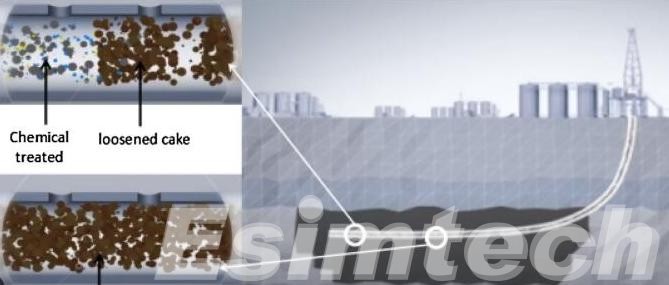
These emerging technologies, alongside the continued development of advanced cleaning tools and simulation software, are pushing the boundaries of wellbore cleanout. By embracing these advancements, the oil and gas industry can ensure cleaner, more productive wells while promoting operational efficiency and environmental responsibility.
Advanced Tools for Wellbore Cleanout
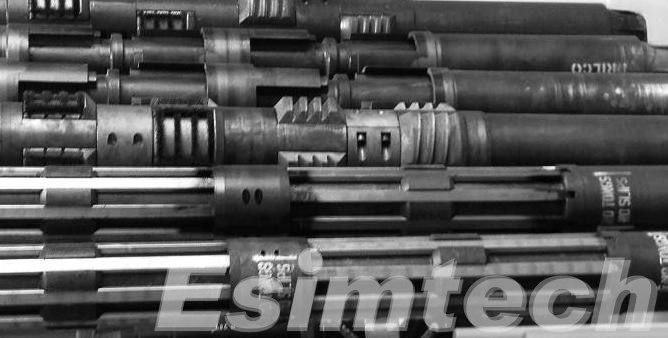
The wellbore cleaning tool is no longer limited to traditional tools. Modern cleaning operations use a range of complex tools, each designed specifically for a particular cleaning task.
Mechanical cleaning tools
These tools directly remove debris adhering to the wellbore walls. Common types include:
- Scrapers: These bladed tools come in various shapes and sizes to target specific types of debris. Basket scrapers collect loose debris, while spiral ribbon scrapers provide continuous cleaning along the wellbore wall. Reverse circulating scrapers utilize the cleaning fluid flow to enhance scraping efficiency.
- Brushes: Made from different materials (wire, nylon, etc.) to address various types of debris, brushes scrub and dislodge debris from the wellbore wall. Brush designs include centralizers to ensure even contact throughout the wellbore diameter and can be deployed with different bristle stiffness depending on the severity of debris buildup.
- Mills: These powerful tools feature rotating teeth or hammers to grind and break up hard, compacted debris that other tools can’t handle. Drag mills utilize the force of gravity to push the milling head downhole, while reverse circulating mills rely on the circulation system’s fluid flow to power the milling action.
Circulating system
As the foundation of wellbore cleaning, the circulating system uses high-pressure fluid to remove debris and transport it to the surface. The key components include:
- Pumps: These industrial pumps generate the necessary pressure to circulate cleaning fluids throughout the wellbore. Different pump types are available depending on the required flow rate and pressure, such as centrifugal pumps for high-volume circulation and positive displacement pumps for delivering high pressure against wellbore resistance.
- Bull Plugs: These specialized tools act as a pistons within the wellbore, pushing fluids ahead of them to dislodge debris. They can be designed with one-way valves to allow cleaning fluid to pass through while capturing and carrying dislodged debris upwards.
- Cleaning fluids: Tailored to the specific cleanout requirements, these fluids can range from simple water-based solutions to complex cleaning chemicals formulated to dissolve or break down specific types of debris. For instance, energized cleaning fluids can be used to enhance penetration into tightly packed debris, while viscosified fluids can carry larger debris cuttings more effectively.
Debris recovery tools
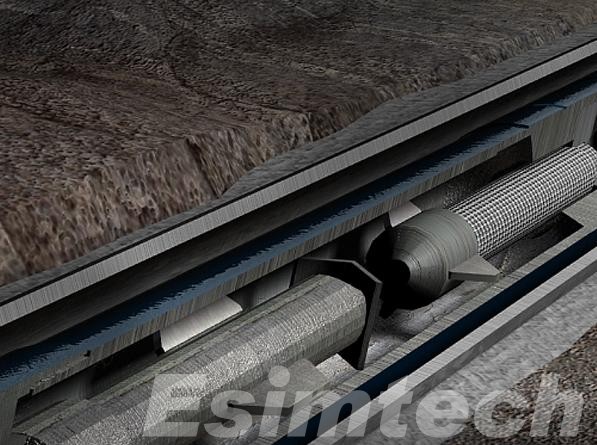
Not all debris gets dislodged and circulated to the surface. Large or stubborn objects can pose a significant risk downhole. Here’s where debris recovery tools come in:
- Overshot tools: These tools have expandable mechanisms that capture and retrieve large objects like dropped tools or completion components. They come in various designs, such as pronged overshot tools for grabbing specific shapes or basket overshot tools for capturing a wider range of objects.
- Fishing tools: A broad category encompassing various specialized tools designed to grapple, snag, and retrieve different types of debris from the wellbore. Examples include spears for spearing debris onto the tool body, grabs for gripping irregular-shaped objects, and latching tools for securing onto specific features of the debris.
- Magnets: Powerful magnets are used to retrieve ferrous (iron-based) objects that may be clinging to the wellbore wall. They can be deployed in various configurations, such as on drill pipes for retrieving debris during cleanout operations or as permanent magnets installed downhole to prevent debris accumulation in critical zones.
The selection and deployment of these tools depend on the on-site well conditions, debris types, and overall cleaning strategies. By combining the right tools and techniques, wellbore cleaning operations can achieve optimal efficiency, ultimately increasing production and reducing risks.
Simulation Technology in Wellbore Cleanout
Simulation technology is revolutionizing wellbore cleanout by providing advanced tools for planning, optimizing, and executing cleanout operations. These technologies allow engineers to create detailed virtual models of wellbore conditions and predict the behavior of fluids, debris, and tools, leading to more effective and efficient cleanout strategies.
Flow Simulation Software
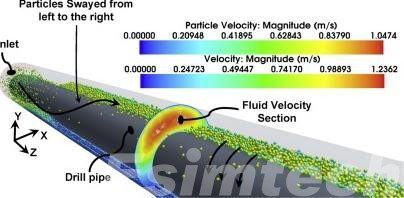
Flow simulation software models the movement of fluids and debris within the wellbore, enabling engineers to understand the dynamics of the cleanout process. This software uses computational fluid dynamics (CFD) to simulate how cleaning fluids interact with debris, helping to optimize fluid properties and flow rates for maximum debris removal. Key benefits include:
- Predictive Analysis: Engineers can predict potential problem areas where debris is likely to accumulate.
- Optimization: Adjustments to fluid viscosity, flow rate, and pressure can be tested virtually to identify the most effective cleanout parameters.
- Efficiency: By understanding the fluid dynamics, operations can be designed to minimize time and resource consumption.
Mechanical Simulation Tools
Mechanical simulation tools model the interaction of mechanical cleanout tools with the wellbore environment. These tools help in designing and selecting the appropriate equipment, ensuring it performs effectively under various well conditions. Key aspects include:
- Tool Performance: Simulation of milling tools, scrapers, and brushes to assess their efficiency in removing specific types of debris.
- Stress Analysis: Evaluation of the mechanical stresses on tools to prevent failures during operations.
- Customization: Designing custom tools for specific wellbore conditions based on simulation results.
Integrated Wellbore Modeling
Integrated wellbore modeling combines flow simulation and mechanical simulation to provide a comprehensive overview of the cleanout process. This approach allows for simultaneous analysis of fluid dynamics and tool interactions, offering a more holistic understanding of wellbore conditions. Advantages include:
- Holistic Planning: Integrated models help in planning entire cleanout operations, considering both fluid flow and mechanical tool performance.
- Scenario Testing: Multiple scenarios can be tested to determine the most effective cleanout strategy under various conditions.
- Risk Mitigation: Potential issues can be identified and addressed in the planning phase, reducing the risk of operational failures.
Real-Time Simulation and Monitoring
Advancements in real-time simulation and monitoring technologies enable continuous assessment and adjustment during wellbore cleanout operations. By integrating real-time data from sensors and downhole cameras with simulation models, engineers can:
- Dynamic Adjustments: Make real-time adjustments to cleanout parameters based on actual conditions observed in the wellbore.
- Immediate Feedback: Receive immediate feedback on the effectiveness of cleanout actions, allowing for quick corrective measures if necessary.
- Enhanced Precision: Achieve higher precision in cleanout operations, ensuring thorough debris removal and minimizing operational risks.
Training and Skill Development
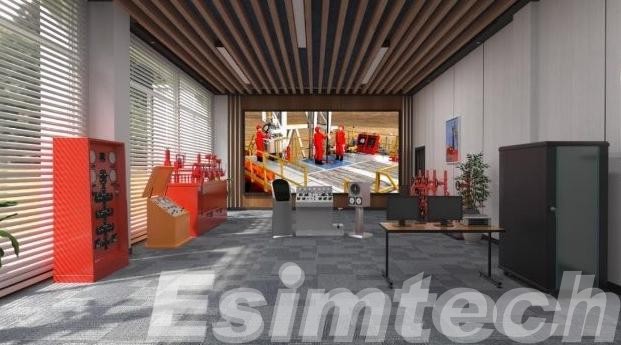
Simulation technology also serves as a valuable training tool for engineers and technicians. By creating realistic virtual environments, personnel can practice and refine their skills in wellbore cleanout without the risks and costs associated with real-world operations. Benefits include:
- Skill Enhancement: Training in simulated environments helps personnel become proficient in handling various cleanout tools and technologies.
- Safety Training: Simulations can include emergency scenarios, preparing personnel to handle unexpected situations safely and effectively.
- Operational Efficiency: Well-trained personnel can perform cleanout operations more efficiently and effectively, reducing downtime and operational costs.
In conclusion, simulation technology provides detailed insights and advanced tools for optimizing operations. By leveraging these technologies, the oil and gas industry can achieve safer, more efficient, and more effective wellbore cleanout processes, ensuring the longevity and productivity of wells.
Conclusion
The integration of advanced technologies and tools in wellbore cleaning is changing the oil and gas industry, improving efficiency, safety, and productivity. These technological innovations have paved the way for more effective wellbore maintenance. With the continuous development of technology, the future of wellbore cleaning is expected to make greater progress, ensuring the longevity and success of oil and gas operations
